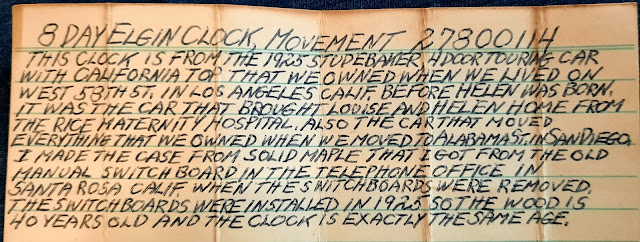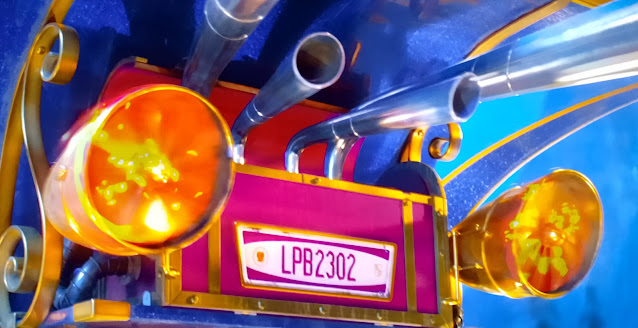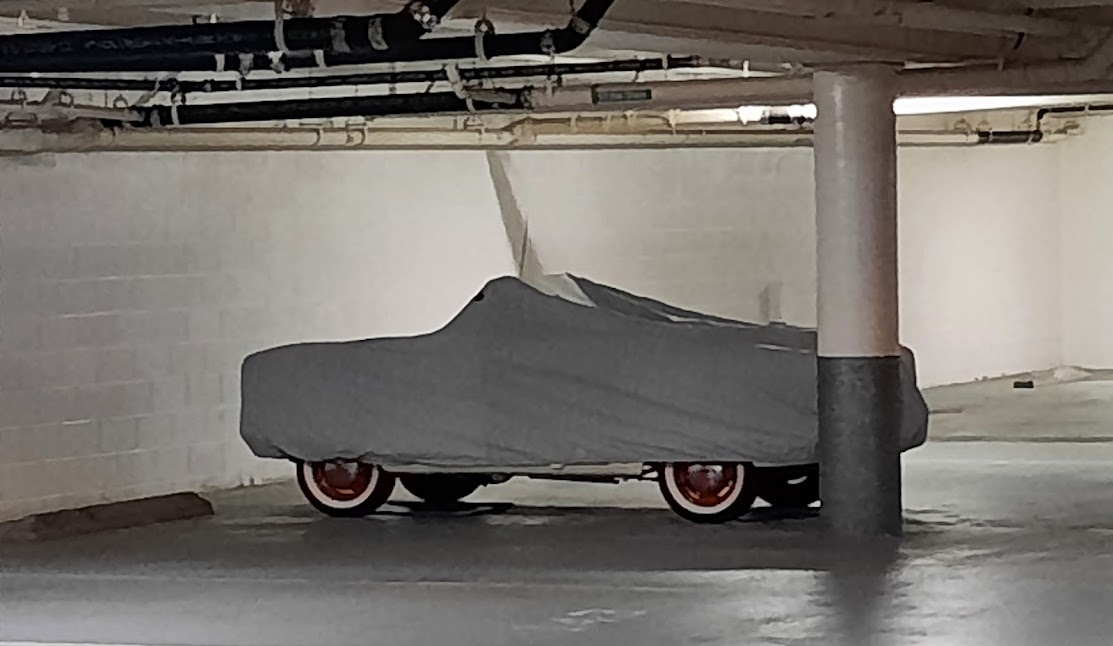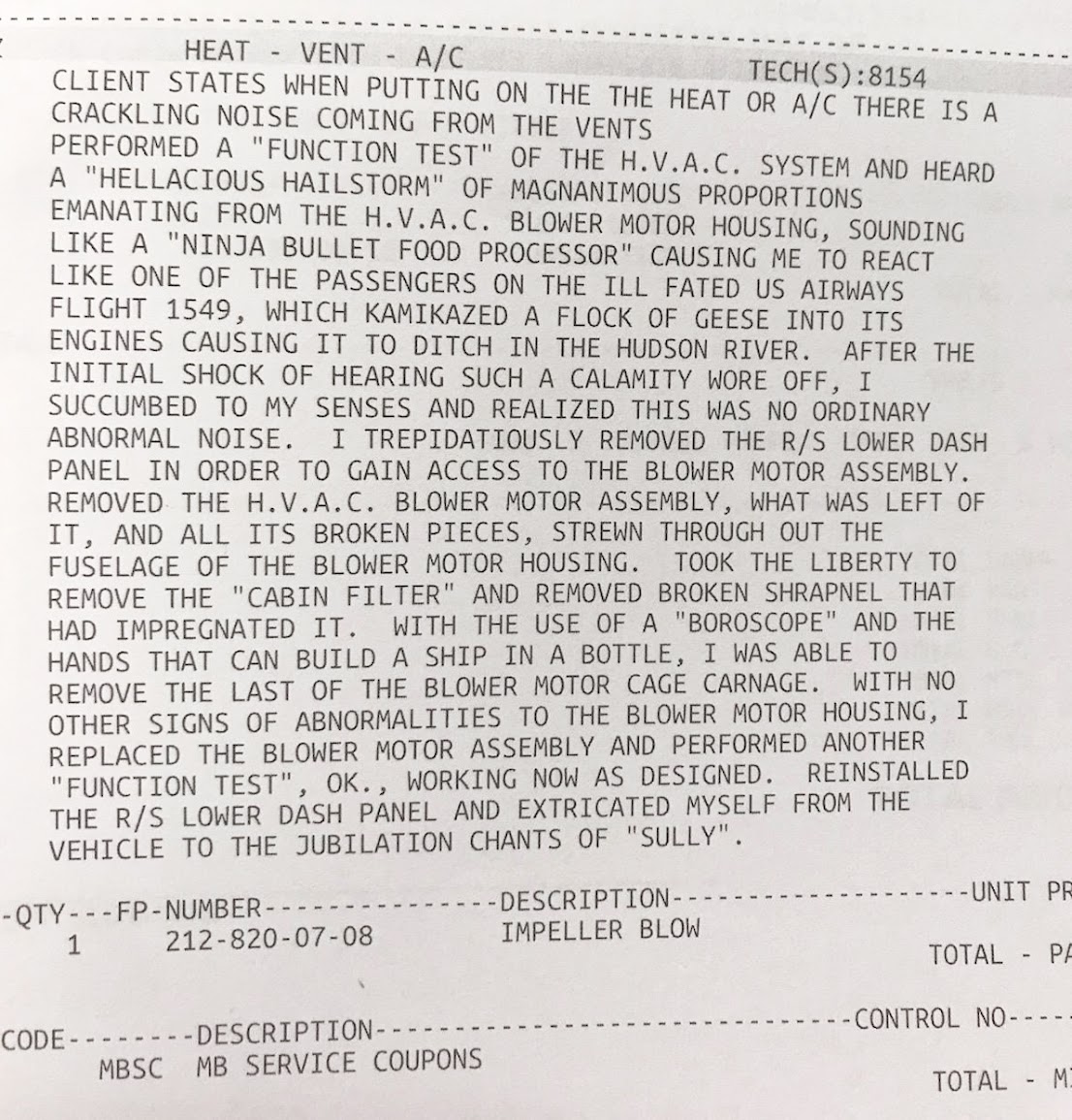I had no idea the notes were tucked inside, that wasn't mentioned when these were up for sale... but wow, I was super impressed that Harry wrote this info, so that everyone will forever know what cars the clocks came from, and the wood, and when he made these, and where he lived (Los Angeles then moved to San Diego, on Alabama st, which is coincidentally near my rented garage on Kansas St, and I also lived on Kansas and on Utah streets.)
Since these came from a 1924 and a 25 Studebaker, that makes them 100 years old (give or take a year)
Why did I buy them? Well, I'd have paid 20 just for the story! But didn't know that was going to happen, without these notes, these are just random good Elgin clocks, and that too is a cool thing, worth 20 bucks, I think you'll agree.
But I saw something super cool years ago, a miniature godfather clock made with a pocketwatch, and I think I'll make two of those with these.
Elgin put out some cooler looking car clocks, I kid you not, but try and get one for a decent price. Here's one for something around 40 dollars at LiveAuctions.com https://www.liveauctioneers.com/item/185283749_early-automobile-dash-clock
So there is a lot of possibilities and variety in what you can do if you want to make one
and there are a LOT of varieties in the clocks that were mounted in cars, back seats got them in expensive cars... near the armrest ashtrays:


















































